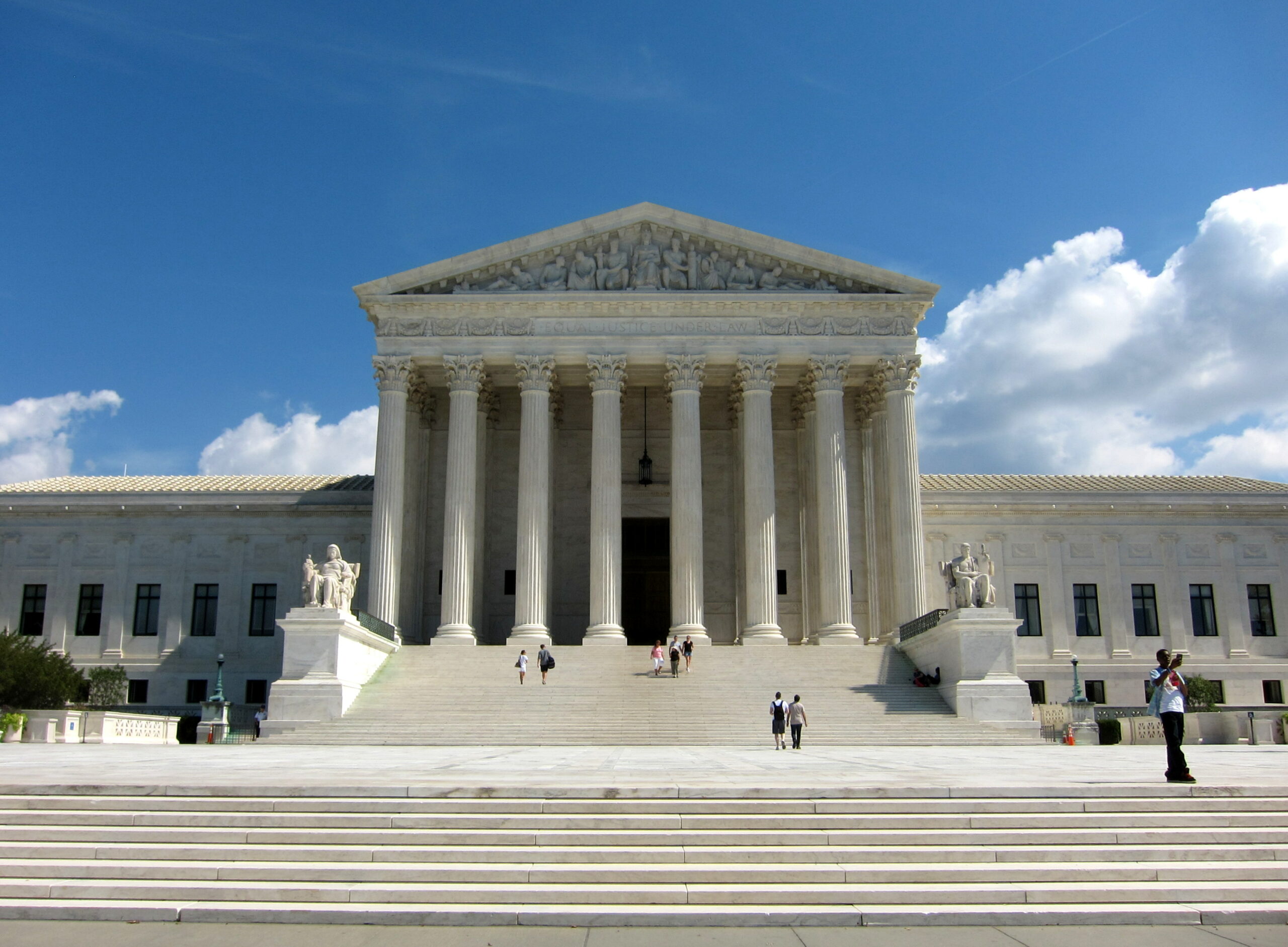How the Supreme Court licenses cops to kill

By Frank Rudy Cooper
People should notice something about the dual picture LeBron James sent out Wednesday showing police officer Derek Chauvin’s knee on soon-to-be deceased George Floyd’s neck and Colin Kaepernick taking a knee during the National Anthem. The look on Chauvin’s face says it all: He seems to think he can do this with impunity. As a legal matter, he is right that police officers are virtually above being challenged. To fix this, we need to fix the Supreme Court.
One might blame Chauvin’s confidence that he can knee a man to death on policing’s historical roots in patrolling newly freed men, the failure to address economic inequality in the 1960s, or Trump’s race-baiting. A key part of this, though, is the Supreme Court’s lenient standard for what counts as police misconduct. Two important legal decisions reflect the shift from protecting civilians to over-protecting police.
In a 1984 case called Tennessee v. Garner, a Memphis cop saw an unarmed, small fifteen year old black child apparently fleeing the scene of a petty burglary. He figured he could not catch the kid, so he shot him in the back of the head. The Court said that shooting a non-dangerous fleeing felon was unreasonable under the Fourth Amendment.
Five years later, in Graham v. Connor, four Charlotte police officers threw a diabetic having an insulin reaction face first into a police car, breaking his ankle, then denied him orange juice. The Court stealthily overturned Garner by declaring that the reasonableness of force must be judged from the perspective of a police officer. Moreover, courts must make additional “allowance” for the speed with which officers sometimes make decisions and ignore any actual bad motivations for their actions.
The continuing use of the Graham test makes it very difficult to prove police misconduct, and thus emboldens many officers to believe they can do whatever they want. Because of ongoing implicit bias, reemerging explicit bias, and wealth inequality, cop impunity will most often be applied to black and brown people.
One might object that the Graham approach is necessary to protect those who protect us. Fear not, as municipal insurance and police officers’ qualified immunity to suit means they almost never pay out of their own pockets even if they are found to have violated the constitution.
So, what should we do? I do not believe that burning a police station is going to prove useful in reducing police violence or creating substantive equality. For some, this will seem a capitulation, for others, license to ignore the protests. Just as it would be wrong to treat the uprisings as separate from their causes, it would be unwise to address the problem without reaching its legal roots.
My solution is simple: Change the composition of this most conservative Supreme Court since Plessy v. Ferguson. That means the first priority of the next presidential administration is to use congressional power to expand the number of justices on the Court and appoint two truly progressive justices.
This is certainly strong medicine, but both proper and necessary. The court did not start with nine justices, and it does not have to stay there. And we all benefit from peace. Hopefully, people are now seeing that there can be no real peace without real justice.
Frank Rudy Cooper is William S. Boyd Professor of Law and Director of the Program on Race, Gender and Policing at the University of Nevada, Las Vegas’s William S. Boyd School of Law.
